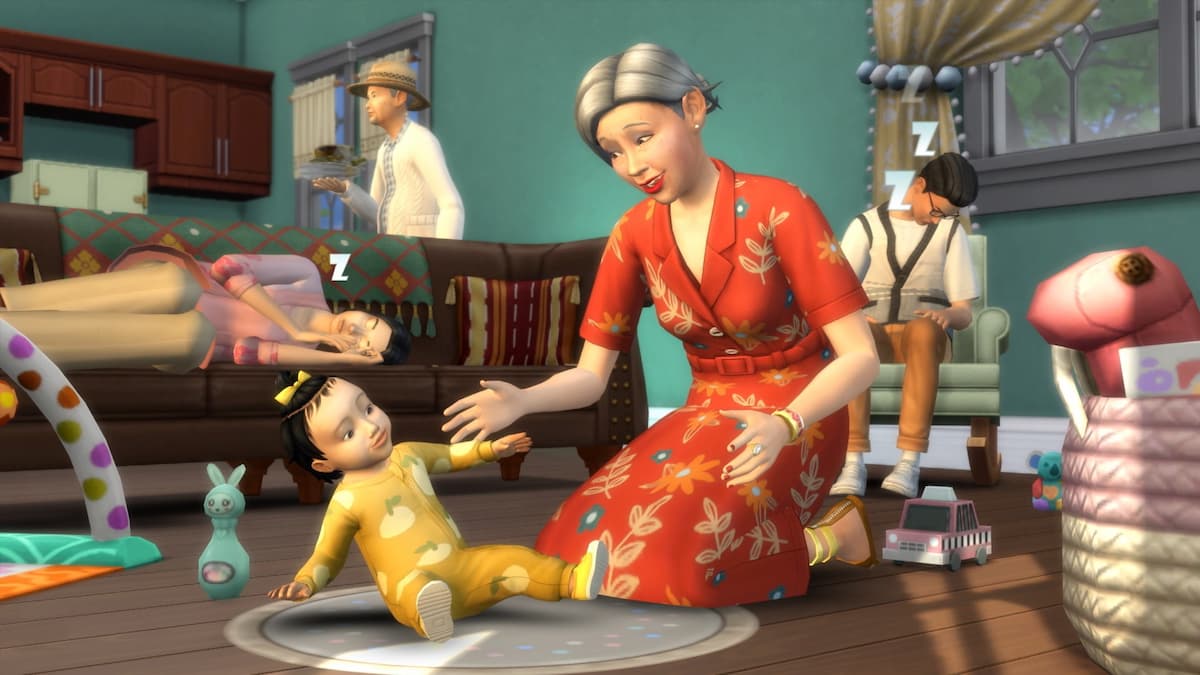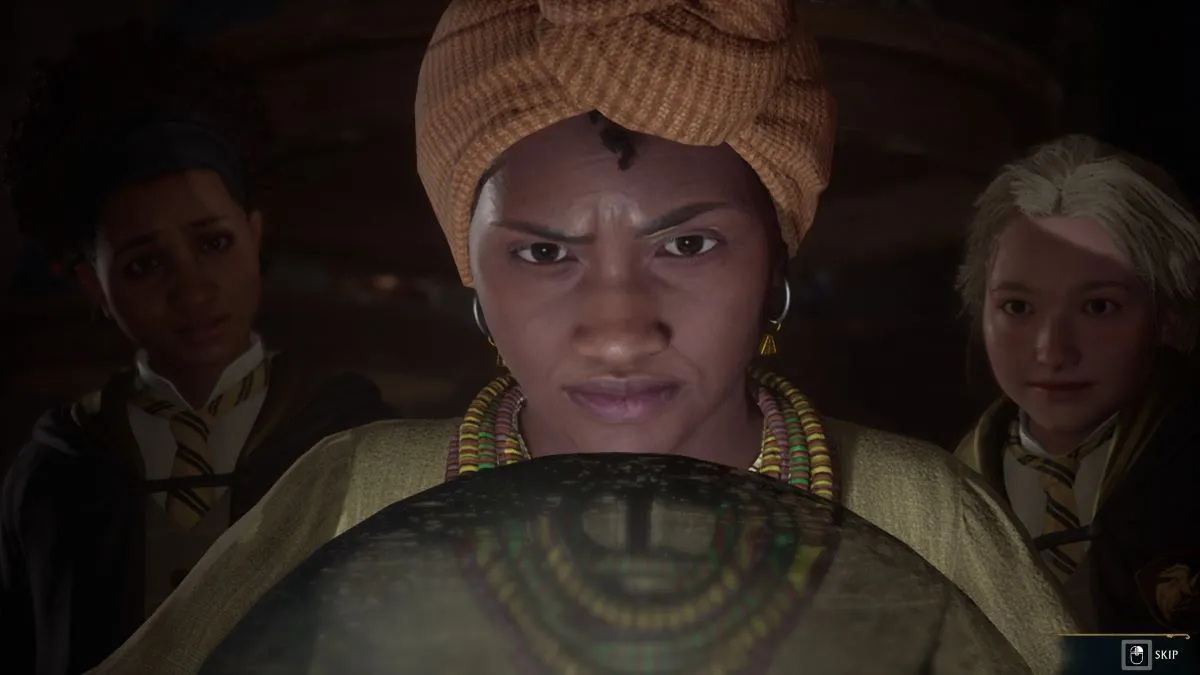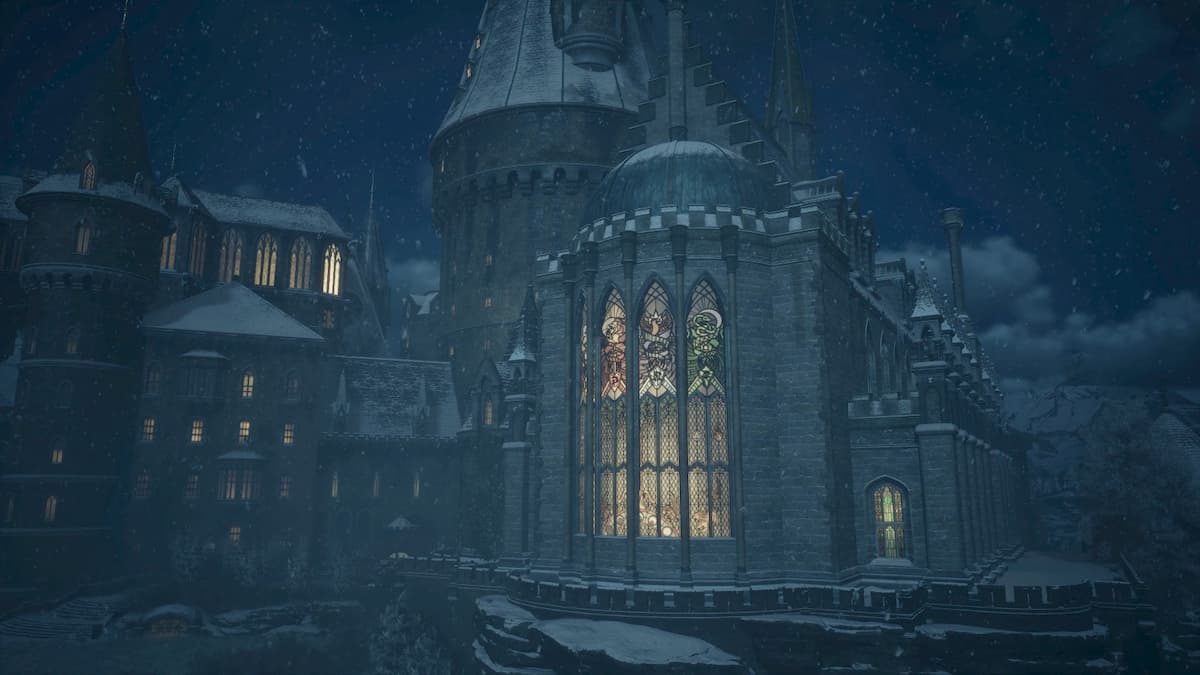Capcom’s Monster Hunter franchise has been steadily gaining popularity outside Japan over the past several years, and the company seeks to make it even more well-known by finally bringing its RPG spin-off, Monster Hunter Stories, to the West this September. On Thursday, the game’s demo became available in the eShop. But is it worth the space on your SD card?
Without giving too much away to those of you who want to experience it yourself, the demo begins with your hooded avatar and his two friends, Lilia and Cheval, searching for monster eggs to form kinship bonds with. After collecting a slew of items via foraging, you’re given a fairly detailed chance to customize your avatar — gender, hair color and style, eye shape and color, mouth, voice, and (of course) name can all be tweaked to your liking.
After a few impressive cutscenes, you regain control of your character in your home village of Hakum and begin your quest to become a Monster Rider.

With this, I shall tame monsters!
Plot & Content
Unlike previous Monster Hunter games, Stories focuses on a group of people who befriend and form bonds with monsters, instead of hunting them. And those who prove their worth via a series of tests get the chance to forge a bond with their own Monstie — a combo of “Monster” and “Bestie.”
The plot itself is fairly generic, at least this early in the game, and centers around a mysterious blight that infects monsters and the land, driving the creatures insane. The main characters fit into tropes as well — the bright, bubbly young girl and the cautious, serious boy who each set out to discover their own paths in life. If it all sounds a bit Pokemon Black and White, it is to an extent.
However, the game doesn’t set out to reinvent the JRPG wheel, so it’s hard to fault Stories for not feeling vastly different. The developers wanted the plot to be something everyone could understand and enjoy anyway — and it all fits rather well with the world and characters the creators made.
For Riders, whose main goal in life is to help and befriend monsters, what could be worse than seeing their beloved Monsties go stark raving mad and attacking everything in sight?

You might not encounter monsters this tough in the demo, but you’ll still come across a wide variety.
The demo gives you a surprisingly broad sampling of what you can expect in the main game, including a wide variety of subquests — with the promise of downloadable ones in the full game — and several story missions that teach you the basics of combat and exploration. You even for the chance to upgrade your equipment, which longtime fans of the series will be happy to see despite of the fact that weapons and armor are more limited than in the mainline games. Changes in armor and weapon change your avatar’s appearance as well, which is a nice little touch that adds some extra depth.
Combat
Combat is where Stories carves out its own unique identity. On the surface, it seems a bit simple. You and your Monsties each have three types of basic attack — Power, Speed, and Technical — with each being strong and weak against another. And your Monstie chooses its own actions.
From there, it gets a bit more complex though. Both Rider and Monstie learn skills as they level up, and some equipment and items impart new skills too. You can command your Monstie to use a skill as well. Yet performing skills require kinship points, which you gain in a variety of ways.
The most common will be winning a head-to-head against your foe. When a monster that you or your Monstie has targeted also targets you or your Monstie, a head-to-head takes place. If you choose an attack that’s strong against your foe’s attack, you win — and your opponent doesn’t get to land an attack. The opposite happens if you choose a weaker attack, and a draw results in both sides taking a bit of damage.
Learning a monster’s attack patterns takes some memorization, but there are items and skills that will make it a bit easier (like the Libra ability in Final Fantasy). Each monster tends to stick with one type of attack. But sometimes they change them up, so you won’t always win a head-to-head. This helps keep the game’s combat from getting too stale.

With a dragon and a cat, what could go wrong?
Probably the most enjoyable part of combat is when you earn enough kinship points that you can hop into your Monstie’s saddle and fight together or choose a special kinship attack. The latter are pretty varied, and some would take a bit of planning to execute successfully. For example, the Aptonoth’s special sees it lose its footing and fall over after attacking, leaving it open to critical hits from opponents — so it wouldn’t always be the wisest choice in every situation.
The difficulty is balanced well too. You have your standard health meters, and there are three hearts displaying at the bottom of the screen. If you or your Monstie’s health bar runs out, it costs a heart– and once all three hearts are gone, you lose. Even after upgrading armor and weapons, you won’t blaze through every fight and need to keep a good stock of items in your battle pouch.
The pouch system is a bit clunky, requiring you to select items from your inventory that will appear in the pouch during battle. However, it does give you the ability to save different sets and switch between them in the field, which makes the system less of a hassle than it first appears. The combat and item menus are touch-based as well, which makes them easy to navigate — but you can use the circle pad or D-Pad if you prefer.

There’s plenty of loot to be found throughout the game’s expansive overworld.
Exploration
The other activity you’ll spend most of your time with in the demo — and in the full game itself — is exploration. It’s impossible to get lost, since you have the option to turn on quest markers to help guide you to your destination and a zoomable map on the touch screen. These are actually good inclusions, since there’s a lot of ground to cover.
Later in the demo, you also unlock a form of fast travel via Felyne Catavans. You can walk or take the much faster option to ride your Monstie, and you’ll also be utilizing your Monsties’ unique skills as you explore, such as the Velocidrome’s ability to jump.
The main area you have access to is Pondry Hills — a wide expanse of hills, rivers, lakes, and, naturally, monsters. You won’t befriend monsters through combat, though. For that, you have to seek out Monster Dens. These dens are randomly generated and dot the landscape, and their layouts are never exactly the same. Some contain rare items to harvest, and some are much larger than others, but the main goal regardless is the monster nest.
In these areas, you may or may not encounter a parent monster to fight before ascending the nest and choosing an egg. Your trusty, if sometimes annoying, Felyne guide, Navirou, gives indications as to how rare or powerful the monster inside the egg will be — but with one or two exceptions, all the eggs in the demo are lower on the scale.
You take these eggs back to the village, hatch them at the stables, and you have a brand new Monstie to raise. You can take five with you at a time, and the stables hold a large number of them as well. The hatching system is pretty basic in the demo, but the developers included a feature later in the game where players can attempt to create powerful monsters through gene manipulation, so it does become more involved.

Everyone knows the best way to make friends is to steal them from their parents…
Graphics & Audio
Stories‘ audio and visuals are excellent. The cel-shaded graphics are bright and colorful, strongly resembling The Legend of Zelda: the Wind Waker. They might be a huge contrast to what fans of the series are used to, but they really help bring the world of Stories to life.
The audio eschews catchy melodies for more of a background enhancer-style. You spend a lot of time in the field and back in the village, so the low-key nature of the ambient sound is a great benefit that keeps you from hastily reaching for the volume slider whenever you boot the game.
You’ll find that booting it and closing it down take longer than other games, though, if you are using an older member of the 3DS family, like with Pokemon Sun and Moon, and Monster Hunter 4 Ultimate. For the most part, the game plays smoothly on older models — but there is a bit of jerkiness when moving around in the village and field. It’s nothing as dramatic as with a Battle Royale in Sun and Moon on an original 3DS, but it is still noticeable.
Verdict
The Monster Hunter Stories demo is a solid experience for what looks to be a promising spin-off. With a bit of additional exploration and combat, it took approximately four and a half hours to clear — a drop in the water for a game whose main story is around 50 hours long. Despite a few technical hiccups and a slight learning curve for the combat, Monster Hunter Stories is shaping up to be a tale worth telling.









Published: Aug 13, 2017 01:40 pm